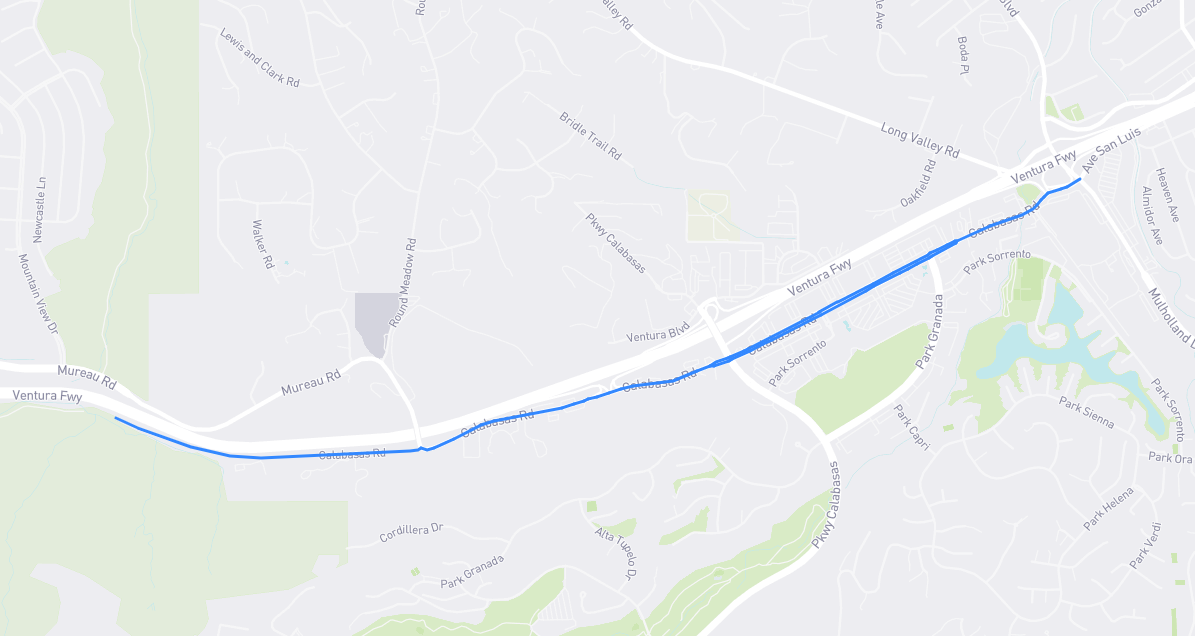There are two theories behind the Calabasas name. The first says it’s derived from calahoosa, a Chumash term meaning “where the wild geese fly”. Although the Chumash were native to these hills, I find the second theory more plausible: that it comes from calabaza, a catch-all Spanish word for pumpkin, squash, and gourd. Here too sources are split between unconfirmed reports of Spanish explorers using the name in the 1790s and a story – which sounds like a tall tale – of a Basque farmer named Antonio Jauregui who in 1824 was hauling his calabazas between San Fernando and Ventura when a rattlesnake scared his horses, overturning his wagon and covering the road with broken squash. Months later, hundreds of squashes popped up where Jauregui’s seeds had fallen, so locals started calling the area “Calabasas”. Whatever the case, the first time Calabasas was unequivocally mentioned in print was in January 1874 – and in classic L.A. style, it involved a homicide. A fellow named Anisetto Roman was shot in “Calabasas Cañon” by M.J. Banks, a rancher known for running afoul of the law. Banks was acquitted, only to be gunned down himself in September 1875 while confronting one Charles De Gray, whom he accused of burning down his house. This really was the Wild West back then.
Find it on the map:

